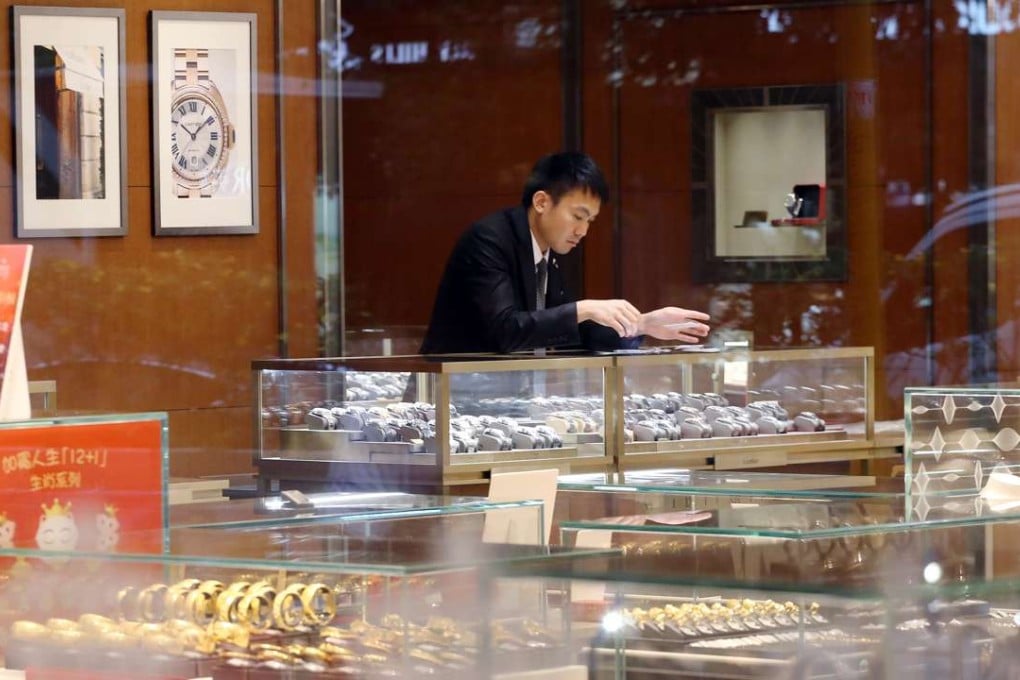Update | Hong Kong retail figures ring up worst quarterly performance since 1999
But government figures reveal pace of sales slump slowed in March compared to previous two months as tourist numbers rebound

Hong Kong’s retail business has taken a severe beating, with first-quarter sales plunging 12.5 per cent in a worrying reflection of the economic impact of mainland visitors spending less.
It was the poorest first-quarter performance since 1999, when a 13.8 per cent nosedive was recorded, and the worst may be yet to come.
However, the pace of the retail market slump slowed last month, as the 9.8 per cent plunge in March was less precipitous than in January and February, when sales contracted 13.6 per cent year on year.
Retailers suspect they haven’t hit the bottom yet, despite better-than-expected mainland tourist arrivals during the “golden week” national holiday. The number of visitors from across the border climbed 7.1 per cent compared with the three-day break last year.
Some retailers reported improved sales in early May, Hong Kong Retail Management Association chairman Thomson Cheng Wai-hung said on Thursday, but it would take time to tell if the unexpected recovery was a one-off or could continue.